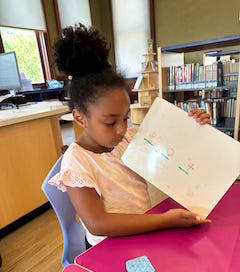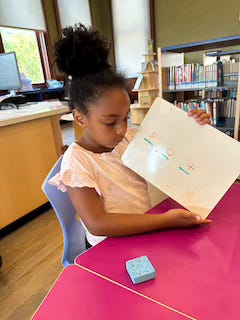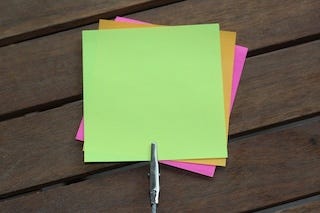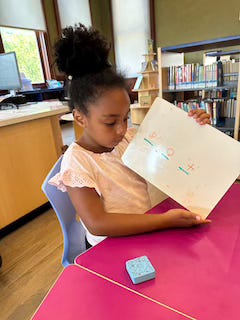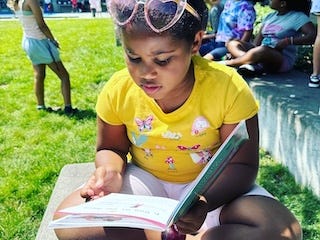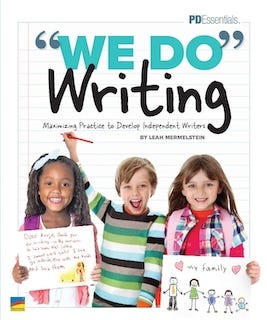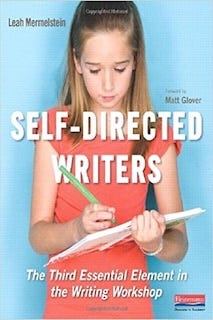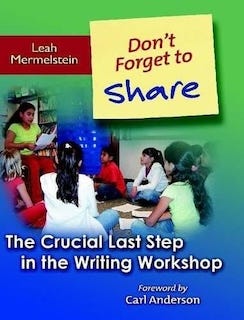Hi educators and families!
I’m Leah—an international literacy consultant, teacher, tutor, and mom who’s spent the past 30 years helping children become confident readers and writers. Across all these roles, one thing has stayed true: literacy grows best when we work together.
That’s why I believe so deeply in partnering for success—between home and school, between adults and children, and between families and educators.
When families feel confident and equipped to support reading and writing at home, kids thrive.
When teachers and families share language, strategies, and joy well….that’s when the magic happens.
Today, I want to share one of my favorite home routines—one I’ve used in tutoring sessions, teacher workshops, and with my own child. I first learned about it during my training in Sounds Write.
It’s simple, joyful, takes just five minutes, and builds the skills children need to become confident readers and spellers.
Plus, no fancy materials needed! A whiteboard, sticky notes, or magnetic letters will do the trick.
This article is the first of many I’ll be writing for both families and educators. This activity will benefit the entire team supporting a child.
Families can build this into their home routine. Likewise, educators can do it and/or share it with families on a family/caregiver literacy night.
Feel free to share it with a friend, a teacher, or another parent. Let’s build a community where we all feel empowered to support our children’s reading lives.
Why this Routine Works
Reading isn’t just about recognizing words—it’s about understanding how letters and sounds connect. This word-building routine strengthens what educators call phonics and phonemic awareness—the building blocks of reading and spelling.
And here’s the best part: just doing this a few times a week can lay a strong foundation for reading independence.
The 5-Step Word Building Routine
1. Prepare the Sounds
Pick a short, simple word—like cat, sun, or chain. Write each sound on a separate sticky note, index card, or magnetic tile.
Here’s the key idea:
Each sticky note should represent one sound, even if that sound has more than one letter.
So, cat would be 3 sticky notes: c, a, t.
Chain would also be 3 sticky notes: ch, ai, n.
• ch = two letters, one sound
• ai = two letters, one sound
• n = one letter, one sound
Place the sticky notes on the whiteboard, mixed up and out of order.
2. Build the Word Together
Say the word slowly:
“I’m going to say the word cat slowly. Listen carefully.”
Ask:
“What’s the first sound you hear in cat?”
Encourage your child to say the sound (like /k/), not the letter name ("C"). Then ask:
“Which letter or letters match that sound?”
As your child moves the sticky note with that letter or sound down into place, have them say the sound aloud. Repeat for the middle and final sounds.
3. Blend the Word
Once all the sounds are in the right order, say:
“Now say each sound and then listen for the word.”
Your child can point to each sticky note and say the sounds:
/c/ - /a/ - /t/
Then blend them together to read:
cat
4. Write the Word Together
Next, shift into writing. Ask:
“What sounds do I need to write the word cat?”
As your child tells you the sounds, model how to write the word. Emphasize that writing is saying sounds and writing the letter/letters that matches it.
5. Independent Practice
Now it’s your child’s turn! Invite them to write the word on their own. Ask them to say each sound as they write. You can take the sticky notes away that you just used to make it more challenging or keep them nearby for support.
Celebrate every try—this step builds confidence and helps kids see themselves as real readers and writers.
Build a Strong Home-School Connection
Want to make this routine even more powerful? Try aligning it with what your child is learning in school.
Here are a few questions you can ask their teacher:
“What phonics skills or sound patterns are you working on right now?”
“Are there any sounds or letter combinations my child is still finding tricky?”
If your child’s teacher says they’re learning blends like sh, ch, or th, you can build words like ship, chat, or bath. (Just remember: sounds like sh go on one sticky note since they’re one sound made with two letters.)
If your child is having trouble with short vowel sounds—for example, the short e—you can practice words like bet, set, or best at home.
These small, targeted activities help your child develop automaticity—the ability to read and spell words quickly and accurately. Once they’re automatic with foundational skills, they can focus more on understanding what they read and expressing themselves clearly in writing.
Want More?
Looking for more joyful, effective ways to support your child’s reading at home?
📌 Check out my Family Toolkit – filled with simple, powerful routines like this one.
📌 Read more about word building here.
📌Sign up for a personalized Family Coaching Session to get hands-on support from me that fits your child’s needs.
You’re not alone in this—when schools and families partner, children soar.
In partnership,
Leah
If you are an educator and my thinking resonates with you, I’d love to help you customize it for your school or district.
📌 Want direct support? I offer coaching sessions to help teams develop strong, sustainable coaching models.
📌Make sure to visit my website.
📌Want me to work directly with your school or district? Sign up for a discovery call.
📌 Need tools for ELA instruction? My Literacy Toolkit has templates and planning guides and curated videos designed for coaches and teachers. It includes the planning protocol I talk about in this article.
📌 My mentor text bundles include clear mentor texts with a key that explains each sentence.
📌Check out my most recent book, "We-Do" Writing for a research aligned framework for how to support writing instruction and curriculum.
📌My book Self-Directed Writers will ensure that all of your students are engaged, self-directed and motivated writers.
📌My book Don't Forget to Share shows you how to leverage conversation to improve writing.
📌Check out my article 6 Qualities for a Strong Writing Curriculum
(This post may contain affiliate links.)


